Losing a limb as a child can feel like a huge setback. But with the right support, technology, and care, many children not only recover—they grow stronger, more confident, and more independent than ever before. Today, prosthetics are not just about replacing what was lost. They’re about giving children the chance to live fully, play freely, and dream without limits.
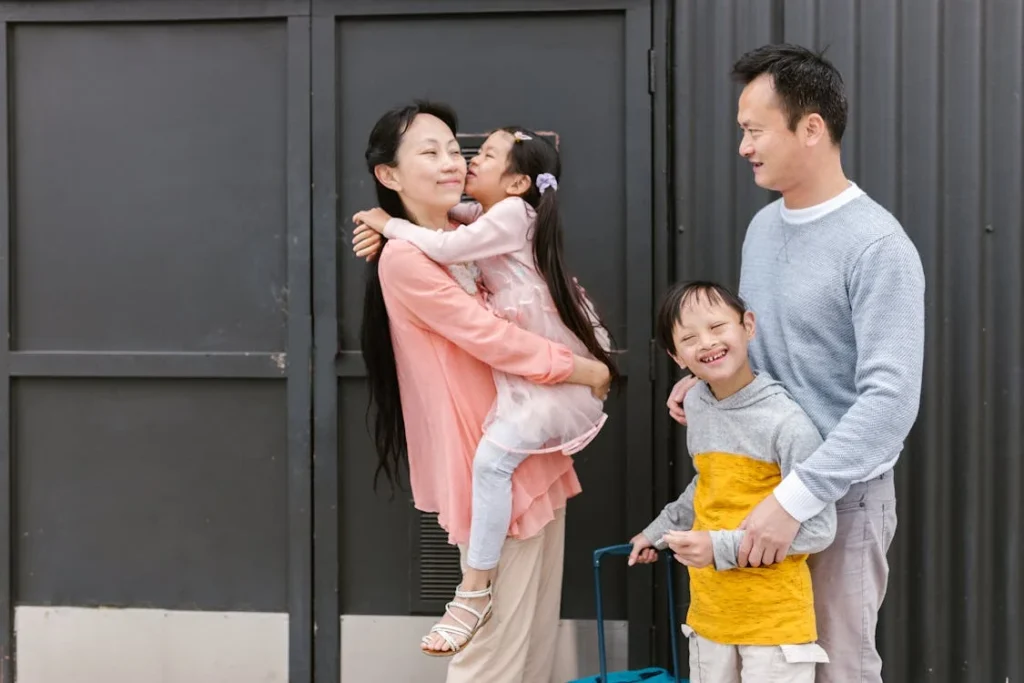
Starting Young: Why Early Intervention Matters
Every child is different. Some are born without a limb. Others may lose one due to illness or an accident. No matter the reason, the earlier a child receives support, the better their long-term outcome tends to be.
When prosthetic care begins early, children have more time to learn, adapt, and grow with the limb as part of their everyday life.
Prosthetics made for children are designed with flexibility and growth in mind. But it’s not just about the device—it’s about how the child and their family are guided through the process.
When care starts early, it becomes part of a child’s routine. They learn how to move, play, and live without feeling different. It becomes their normal.
Learning Through Play
Children learn through movement and exploration. If they receive a prosthetic at a young age, it allows them to experience the world just like any other child.
They can crawl, climb, ride a bicycle, and play sports without the constant feeling that they’re missing out.
One of the most powerful tools in early intervention is play-based learning. When a child uses their prosthetic in fun, active ways—like tossing a ball or building with blocks—they develop muscle memory and motor skills without even thinking about it.
Their brain connects movement with confidence. They stop seeing the prosthetic as separate. It becomes part of who they are.
This kind of natural adaptation is harder to achieve when care is delayed. Older children may feel more self-aware, or may have already developed ways of doing things without a limb.
While they can still benefit greatly from prosthetics, the process of relearning habits can be slower. That’s why early support is key.
Emotional Strength in Young Minds
It’s easy to focus on the physical side of prosthetics—how they fit, how they move, how much they help. But the emotional journey matters just as much.
Children are incredibly resilient, but they still need support to understand and accept their limb difference.
Families that begin prosthetic care early often find that their children accept the prosthetic as just another part of growing up.
There may be moments of frustration, of course, but over time, these kids tend to develop a stronger sense of self. They learn that having a prosthetic doesn’t define them. It just gives them more ways to do the things they love.
Parents also play a huge role. When they model patience, encouragement, and openness, children are more likely to feel secure.
They’re less afraid to try new movements, to ask questions, or to speak up when something doesn’t feel right. That partnership between child and parent can be one of the biggest factors in long-term success.
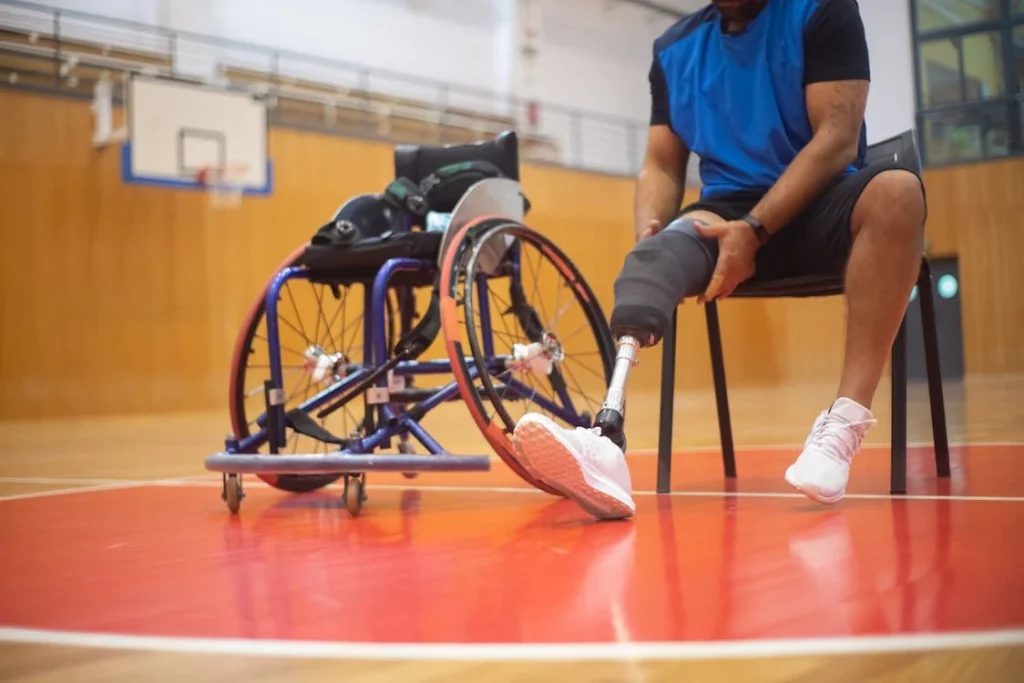
Growing with the Limb: Adapting Over Time
Children don’t stay the same for long. Their bodies grow, their interests change, and their needs shift from year to year. This is especially true for children with prosthetics.
What works for a three-year-old won’t be enough by the time they turn seven. That’s why prosthetic care isn’t just a one-time event—it’s an ongoing journey.
As kids grow taller and stronger, their prosthetics need to grow with them. The socket—the part that connects to the body—must be reshaped and resized regularly to stay comfortable.
The limb length and alignment may also need updates. If a prosthetic starts to feel heavy or awkward, it’s often a sign that a change is needed.
The key is staying one step ahead. Children should never have to push through discomfort just to use their prosthetic. That only leads to frustration and avoidance.
Instead, regular check-ins allow adjustments to be made before problems grow. These small changes, made at the right time, help the child stay active, confident, and focused on being a kid.
Developing New Skills at Each Stage
As children grow, they also gain new abilities. A toddler may just be learning to stand and balance. A school-age child might start exploring sports, crafts, or typing on a computer. A teenager may want to cook, drive, or play music.
Each of these stages brings new physical and emotional needs, and the prosthetic must be able to support those changes.
That’s why many successful pediatric prosthetic journeys are built on long-term planning. When a child’s future activities are considered early on, the prosthetic can be designed in a way that allows upgrades and changes.
For example, a child who enjoys drawing may benefit from a hand with better grip control. A child who loves to run might need a foot designed for higher activity levels.
Families who thrive through these transitions often treat the prosthetic as a flexible tool—something that can change and improve just like their child does.
This mindset takes the pressure off. It removes the idea that everything must be perfect from day one. Instead, it allows the process to feel more natural, more forgiving, and more focused on growth.
Staying Motivated Through Changes
Growing up with a prosthetic isn’t always easy. Some days, the fit might feel off. Other times, the limb may not respond the way the child wants.
Motivation can dip, especially during transitions between different prosthetics or when new skills are being learned.
The good news is that most kids bounce back quickly when they’re supported well. They’re naturally curious and open to trying again—as long as they feel safe doing so.
Encouragement from parents, friends, teachers, and clinicians plays a big part in keeping that spark alive.
Simple strategies like celebrating small wins, being patient during harder days, and keeping the experience playful can help children stay engaged.
When they feel like they’re part of the process—not just being told what to do—they take more ownership of their progress. That’s when real confidence starts to grow.
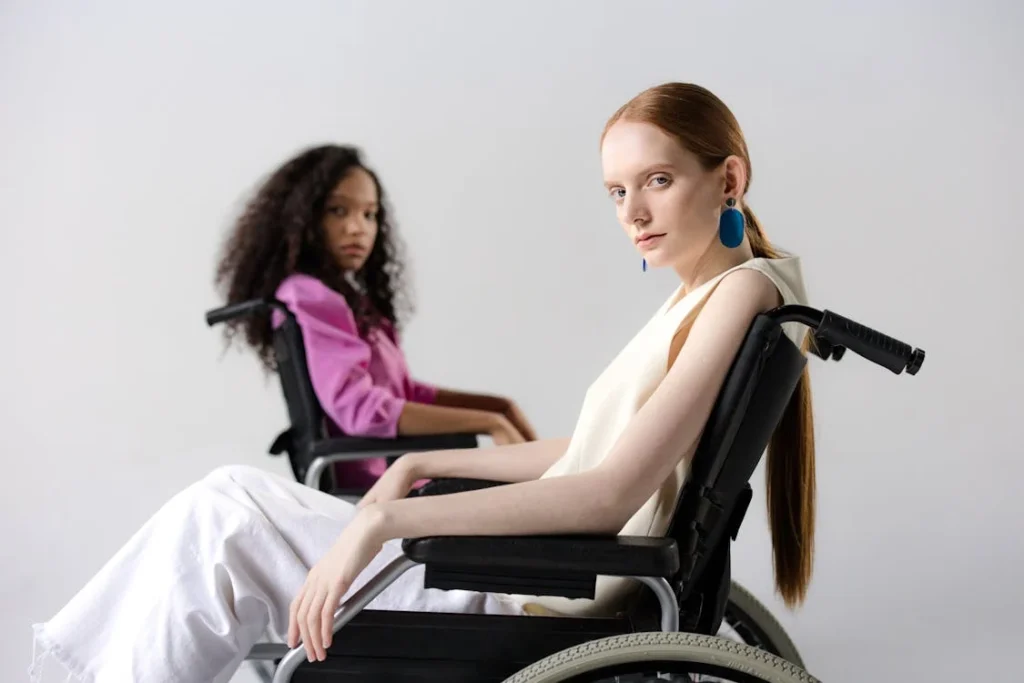
Real Stories of Strength: How Children Adapt and Excel
Behind every prosthetic is a story—a child learning to do something for the first time, or learning to do it again in a new way.
These stories often start with quiet uncertainty and grow into bold confidence. While no two journeys are the same, they share something powerful: a mix of persistence, support, and a mindset that says, “I can.”
Aarav’s Return to the Playground
Aarav was five when he lost part of his right hand in a road accident. For weeks after surgery, he didn’t want to leave his room.
He stopped playing, and he didn’t speak much. His parents were unsure how to help him feel like himself again. They knew a prosthetic could help, but they also worried about how he would adjust.
When Aarav was first fitted with a functional hand, he was quiet during the session. But the moment he picked up a small toy by himself, something changed. His parents later said it was like watching a light come back on.
Over time, Aarav began using the hand more, even when no one asked him to.
At first, he used it to hold blocks and turn pages. Then, he started building train tracks and throwing a soft ball.
His teachers noticed he was more involved in class. And the playground, once a place he avoided, became his favorite space again.
The process wasn’t instant. There were days when he felt frustrated, especially when learning new motions. But those moments passed, and he kept trying.
Today, Aarav is seven. He climbs, writes, and draws using both hands—and shows off his “robot hand” with a grin.
Meera’s Journey with Confidence
Meera was born without her left leg below the knee. From her first steps, she wore a prosthetic. For her, it was all she knew.
But around age eight, something shifted. Meera became more aware of how her limb looked compared to others. She began wearing long pants even on hot days and avoided swimming, something she used to love.
Her parents noticed she was holding back, not because her leg hurt, but because she felt different. They started focusing on helping Meera see her prosthetic as something that made her strong, not strange.
They spoke openly about it, watched videos of athletes with prosthetics, and slowly, Meera began to share her feelings.
One of the turning points came during a school event where Meera performed a dance routine with her classmates. She wore a dress that showed her leg clearly—and didn’t seem to mind.
Her confidence returned not because of any major change in her prosthetic, but because of how she felt about herself.
Now in middle school, Meera takes part in dance competitions and even mentors younger kids who are new to prosthetics. Her story reminds us that thriving isn’t just about movement—it’s about mindset.
Rishi’s Dream to Play Cricket
Rishi loved cricket more than anything. After losing his lower arm in an accident, he told his parents that the only thing he wanted was to play again.
They were unsure if that was possible, but Rishi was clear—he wasn’t giving up.
His rehab process focused on two things: adapting to his prosthetic and regaining his strength. It took time, especially to learn how to swing a bat again.
At first, the grip wasn’t strong enough. Then the weight felt off. Each change led to more testing, more trial, and more learning.
What made the difference was Rishi’s determination. He worked with his therapist on small movements every day.
He tried different angles and adjustments until the prosthetic worked the way he needed. After months of work, he finally joined his school team again.
It’s not the same as before, and he still makes changes as he grows. But when Rishi steps up to bat now, no one sees what’s missing. They see a player focused, smiling, and ready to give his best.
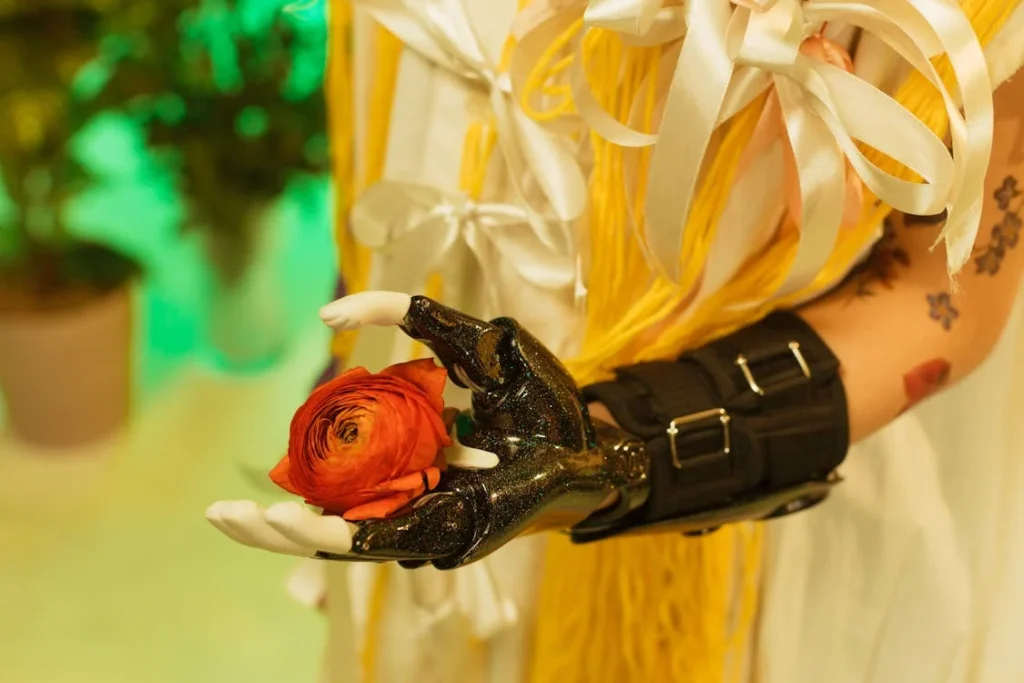
What Makes Thriving Possible: Support, Design, and Patience
When you look at a child who’s thriving with a prosthetic, it’s easy to focus on what they’re doing—running, drawing, climbing, dancing. But behind those actions is a steady foundation of planning, support, and thoughtful design.
Thriving doesn’t happen by accident. It happens when the child’s world—home, school, clinic—works together to help them succeed.
Fitting Beyond the Physical
A prosthetic fit is often thought of in terms of shape and size. But for a child to truly thrive, the fit must also work with their lifestyle, energy levels, and emotions.
This means considering how the prosthetic feels after a full day at school, or how easy it is to take on and off without help.
It means looking at small routines—like carrying a backpack or tying shoes—and making sure the prosthetic supports those daily moments.
A good fit also means flexibility. Children grow fast. Some weeks, they outgrow shoes; other times, they hit a sudden growth spurt and need a new socket altogether.
Thriving isn’t about sticking to one setup—it’s about being ready to adapt.
That’s why regular evaluations are important. They aren’t just technical check-ins. They’re chances to ask questions like: Does your child avoid using the limb? Are they sitting or walking differently? Have they started avoiding certain activities? Answers to these questions help identify changes before they become challenges.
The Role of Caregivers and Clinicians
Success with a prosthetic rarely happens alone. It comes from a team—parents, prosthetists, therapists, teachers—all noticing details and responding with care.
Caregivers are usually the first to spot signs that something’s off. Maybe the prosthetic is being left on the shelf more than usual.
Or maybe the child seems more tired after walking. Small signs can point to something needing adjustment. But knowing what to look for takes guidance, and that’s where clinicians come in.
Prosthetists and rehab specialists guide families through each stage. They adjust devices, track growth, and offer tips for home routines.
But more than that, they listen. Every child’s story is different, and every plan should be shaped around what that child needs—not what worked for someone else.
The best support feels personal. It doesn’t rush. It meets children where they are and helps them build skills at their own pace.
Sometimes that means going slowly. Other times, it means being ready to move fast when a child suddenly gains confidence and wants to do more.
Schools and Social Environments
Support doesn’t stop at home or the clinic. Schools and peer groups play a huge role. Teachers who understand how a prosthetic works can create small accommodations that make the school day easier.
Classmates who see the child for who they are—not just the limb they use—help build confidence in ways no device ever could.
Children who thrive often feel accepted and supported in all the spaces they move through.
They’re encouraged to speak up, to explore, and to feel proud of how they move through the world—even if it looks a little different than others.
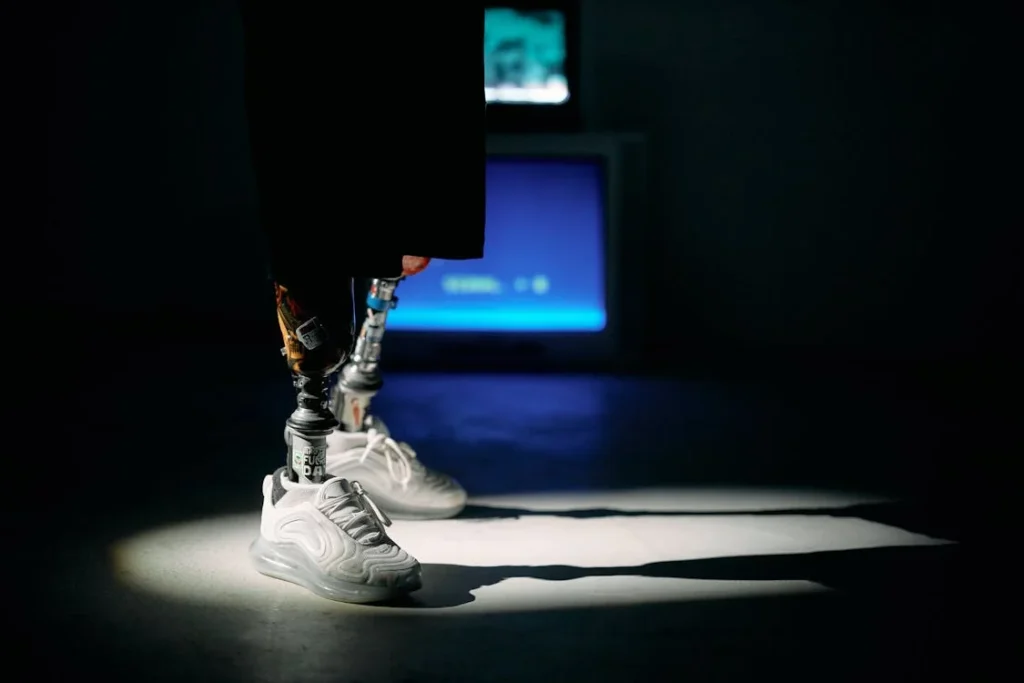
Looking Ahead: The Future of Pediatric Prosthetics
Children today are growing up in a time where prosthetic technology is improving rapidly. What once took years to develop can now be done in weeks.
Materials are lighter, movement is more natural, and designs are becoming more child-friendly every year.
But beyond the devices themselves, what matters most is how they support a child’s growth—not just physically, but emotionally and socially too.
The goal is not just to build a better limb. It’s to create a better life.
Adapting to Changing Needs
As children move into their teenage years, their needs change—both in what they want to do and how they want to be seen.
A prosthetic that once felt exciting might now feel bulky or outdated. A child who once used the limb freely might become more self-aware or reluctant. These shifts are natural and deserve careful attention.
Adolescents often want more independence and more say in their care. This is a good thing. Including them in decisions about design, style, or features helps them feel in control. Maybe they want a limb that’s more expressive.
Or one that lets them do more—like lifting weights, typing faster, or even learning to drive. Being part of the decision-making builds confidence and helps teens see the prosthetic as an extension of their identity, not just a tool.
It’s also a time when routine check-ins become even more important. Teenagers can grow quickly, and they might hesitate to speak up if something feels off.
That’s why open conversations, regular fittings, and emotional support are key to helping them stay engaged and motivated.
Innovation with a Purpose
Technology will continue to evolve, but the most successful innovations will always be the ones that serve real needs.
For example, advancements in sensors, grip control, and joint flexibility are being designed with specific everyday tasks in mind.
These aren’t just upgrades—they’re changes that help children do more of what they love, with less effort and more joy.
What’s exciting is that many of these developments are becoming more accessible. Custom prosthetics no longer need to come from faraway countries or cost a fortune.
More and more families are gaining access to solutions that are built locally and tailored to their child’s life. As awareness grows, so does the reach of these tools.
Still, even the best device can’t replace the power of strong relationships, honest communication, and thoughtful care.
Families who stay involved, ask questions, and remain open to learning tend to navigate challenges with more ease. It’s not about knowing everything—it’s about showing up, listening, and taking one step at a time.
A Hopeful Outlook
There’s no single path for a child growing up with a prosthetic. Some will sprint forward, others will take it slow. Some will need more support, while others will become leaders in their own right.
What matters most is that they are given the chance to thrive—not despite their prosthetic, but with it.
For every challenge, there is a possibility. For every moment of doubt, a chance to grow. And in every child, there is potential waiting to unfold—if we just make space for it, support it with care, and believe in what’s possible.
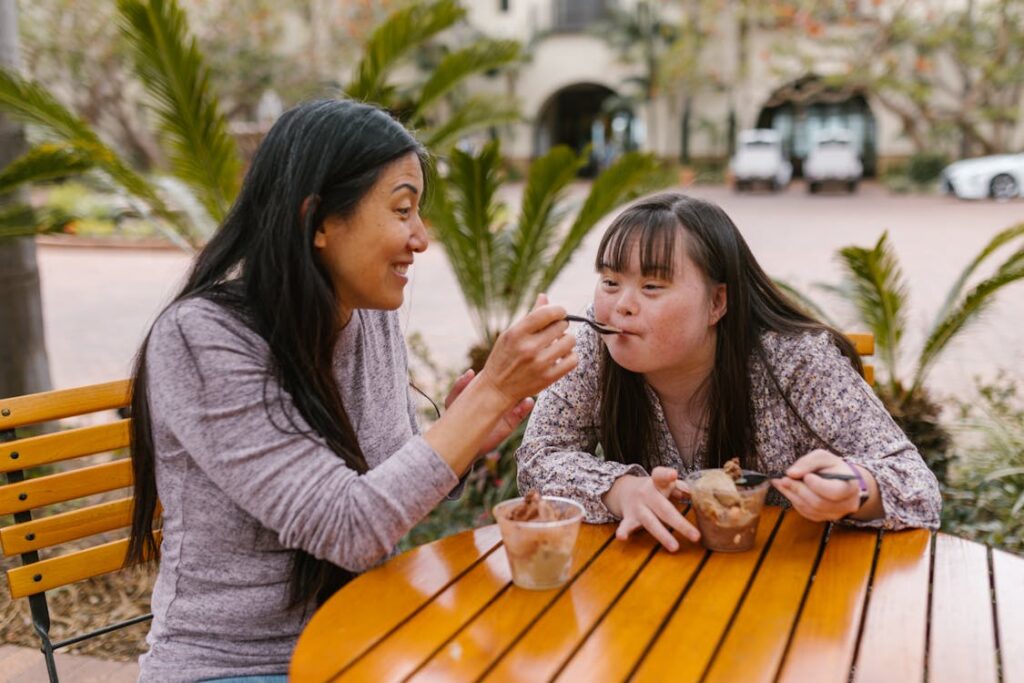
Sibling Dynamics and Family Adjustment
When a child receives a prosthetic, it’s not just their life that changes—it affects the entire family. While most of the attention naturally goes toward the child learning to use the limb, it’s important to recognize how siblings experience this shift too.
Understanding and supporting sibling dynamics can strengthen the whole family unit and create an environment where every child feels seen and supported.
When the Spotlight Shifts
In many families, the child with the prosthetic may receive extra care, time, and medical attention. Clinic visits, therapy sessions, and daily routines can create an unspoken shift in family focus.
Siblings, especially younger ones, may not always understand why their brother or sister is getting more attention. They might feel left out, confused, or even act out in response.
These feelings are completely normal. What’s important is how parents respond. Open conversations go a long way.
Explaining in simple terms why a sibling needs extra support at the moment helps build empathy instead of resentment. It also helps when siblings are included in the process—not just as bystanders, but as part of the team.
For example, inviting them to come to a clinic visit, asking them to help with simple tasks at home, or encouraging them to cheer on their sibling during rehab exercises can turn feelings of separation into a sense of togetherness.
Balancing Time and Attention
It’s easy for parents to feel pulled in different directions. On one hand, the child with the prosthetic may need more day-to-day help.
On the other, their siblings still need playtime, bedtime stories, and their own moments of connection. Trying to do it all can feel overwhelming, but even small gestures can make a big difference.
Setting aside one-on-one time with each child—even if it’s just a short walk or a few minutes of undivided attention—helps maintain a healthy balance.
It shows each child that their place in the family is valued and secure.
Some families find creative ways to turn routine care into family bonding. For instance, doing stretching exercises together or turning limb cleaning into a silly song time can make prosthetic care feel less clinical and more communal. It’s not about perfection. It’s about presence.
When Siblings Become Support Systems
Something remarkable often happens as children grow up together in this setting. Siblings who once had questions or doubts often grow into powerful allies.
They remind their brother or sister to put on their limb. They help explain it to curious classmates. They include them in games, adapting the rules without being asked.
These natural acts of inclusion help normalize the prosthetic and reduce social pressure. Children with prosthetics feel stronger knowing they have someone their age in their corner, and siblings learn compassion, leadership, and resilience without formal lessons.
Long-term, this bond can lead to a family culture that values differences, celebrates progress, and shows strength through unity.
Families that navigate this journey together tend to emerge not only more connected, but more empathetic and prepared to face challenges—both big and small.
Conclusion
Every child deserves the chance to grow, play, and live with confidence—prosthetic or not. The stories of thriving children aren’t just about technology or medical care. They’re about resilience, daily progress, and the quiet strength that builds over time. Behind each step, swing, or smile is a mix of teamwork, patience, and love.
Advanced limbs can support a child’s journey, but it’s the people around them—parents, siblings, clinicians, teachers—who help them thrive. With the right support, kids don’t just adapt. They flourish.
The path isn’t always easy, and every story looks a little different. But each one proves that limb difference doesn’t define a child—it becomes just one part of their amazing, full life.
As we look to the future, the goal remains simple: create space for children to lead their own stories. Listen to them, walk beside them, and trust that they’re capable of more than we can imagine.



